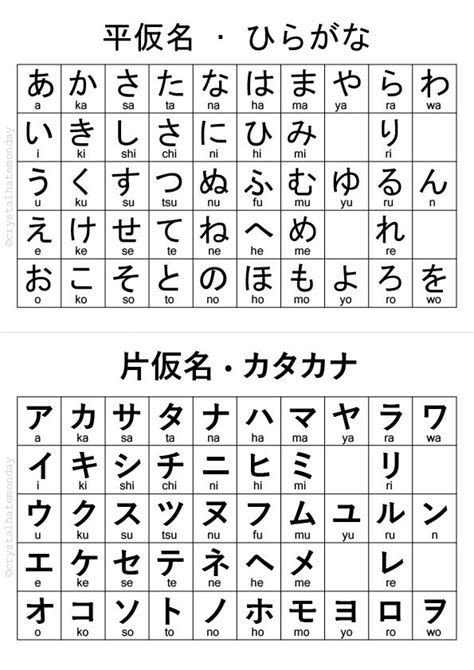Japanese 
A specialist Japanese teacher delivers a program promoting language acquisition and communication to all Ngunnawal students from Kindergarten to Year 6. Through exploring different themes each semester, students will build their ability to communicate verbally for a range of purposes and audiences. They will develop their ability to recognise and write the three scripts used in Japanese and the purpose of each. The program develops strategies for effective speaking, listening, reading, writing, and viewing through activities connected to various themes. This connects to all literacy learning through considering uses of language, language learning and how to interpret language in use.
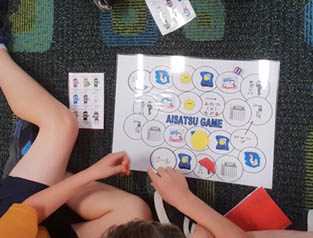
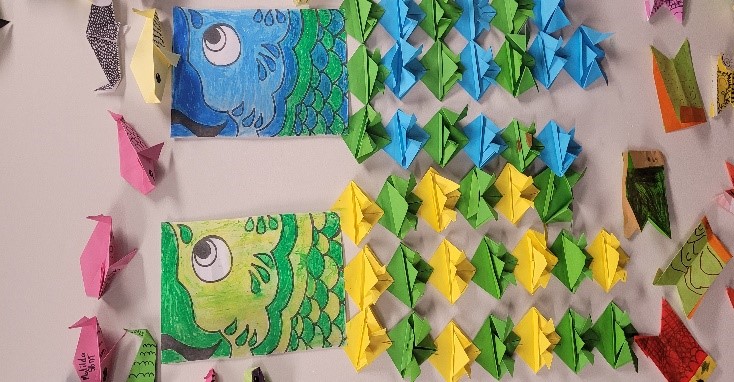
Students enjoying a board game to use their words for greetings and Children’s Day Origami
A key part of this program is to develop understandings of the history and culture of Japan and its people. Students will explore various cultural celebrations, customs, historical events and some current societal trends and compare these with their personal experiences. This learning allows students to explore new ways of thinking about the world. Japanese learning is also highlighted and extended through a lunch time club and a Japanese Day with rotations celebrating learning once a year.
Helpful Information for Learning at Home
| English | Pronunciation | Japanese |
|---|---|---|
| Goodmorning | Ohayou Gozaimasu | |
| Yes | Hai | |
| No | Iie | |
| How are you? | Genki desu ka | |
| I’m good | Hai genki desu |  |
| Goodbye | sayounara |  |
| Hello | konnichiwa | |
| Thank you (very much) | Arigatou (gozaimasu) | |
| Well done | Yoku dekimashita | |
| Great! | sugoi | |
| Good evening | konbanwa | |
| Good night | oyasuminasai | |
| See you later | mata ne |
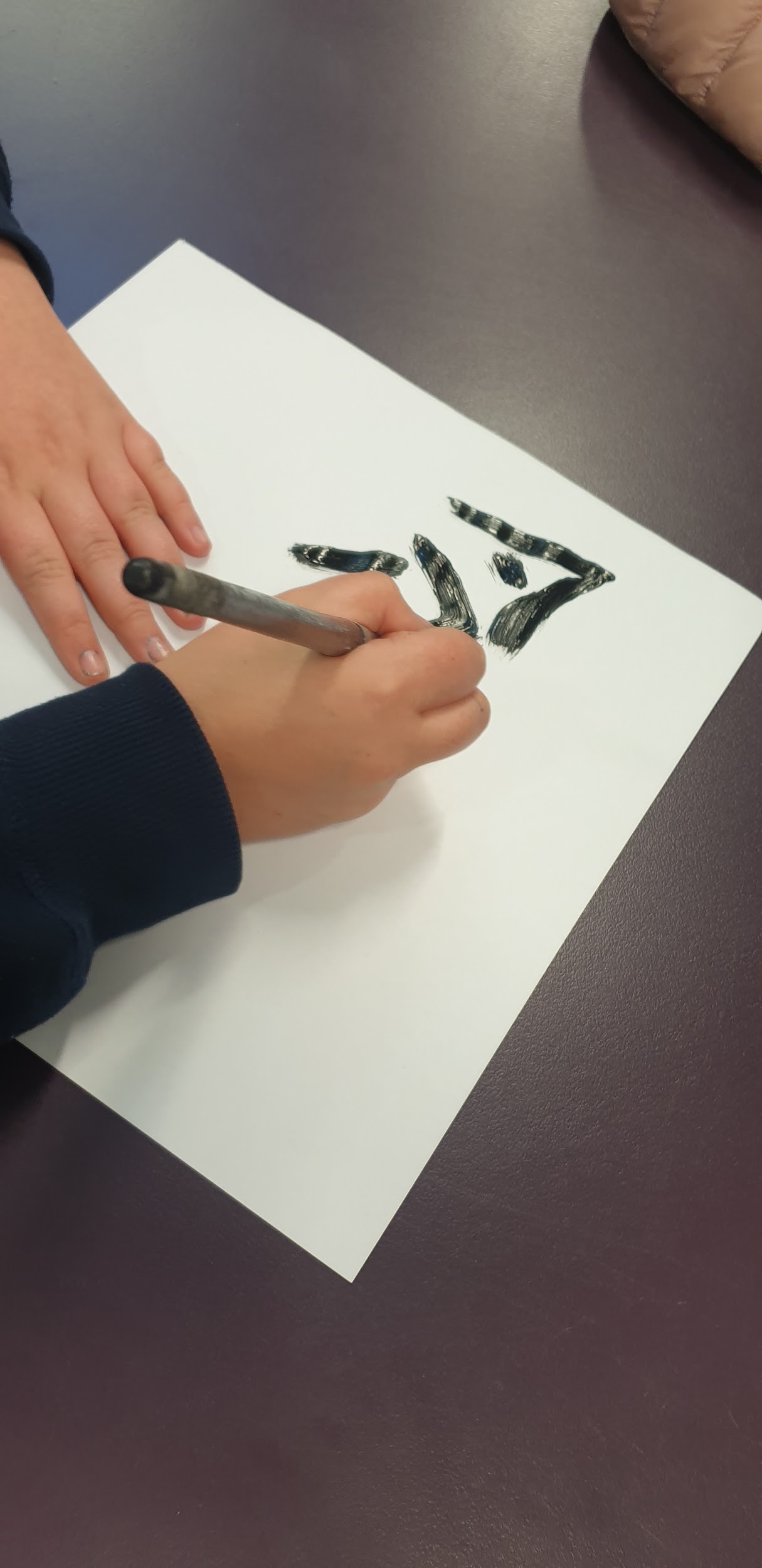
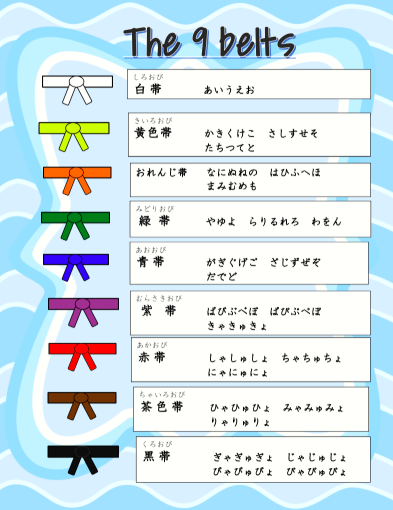
Students try writing in a variety of ways
Students in years 3-6 begin more explicit writing instruction. Japanese consists of three scripts. Hiragana, Katakana and Kanji. Hiragana is a phonetic alphabet which consists of 46 sounds. Katakana is a second phonetic script with 46 sounds that is primarily used for loan words from languages other than Chinese. Kanji is a script using characters from Chinese which represent meaning as well as their connected sound. Students in years 3-6 use a “karate belt“ mastery system moving up the coloured belts as they can recall the characters in each level.
